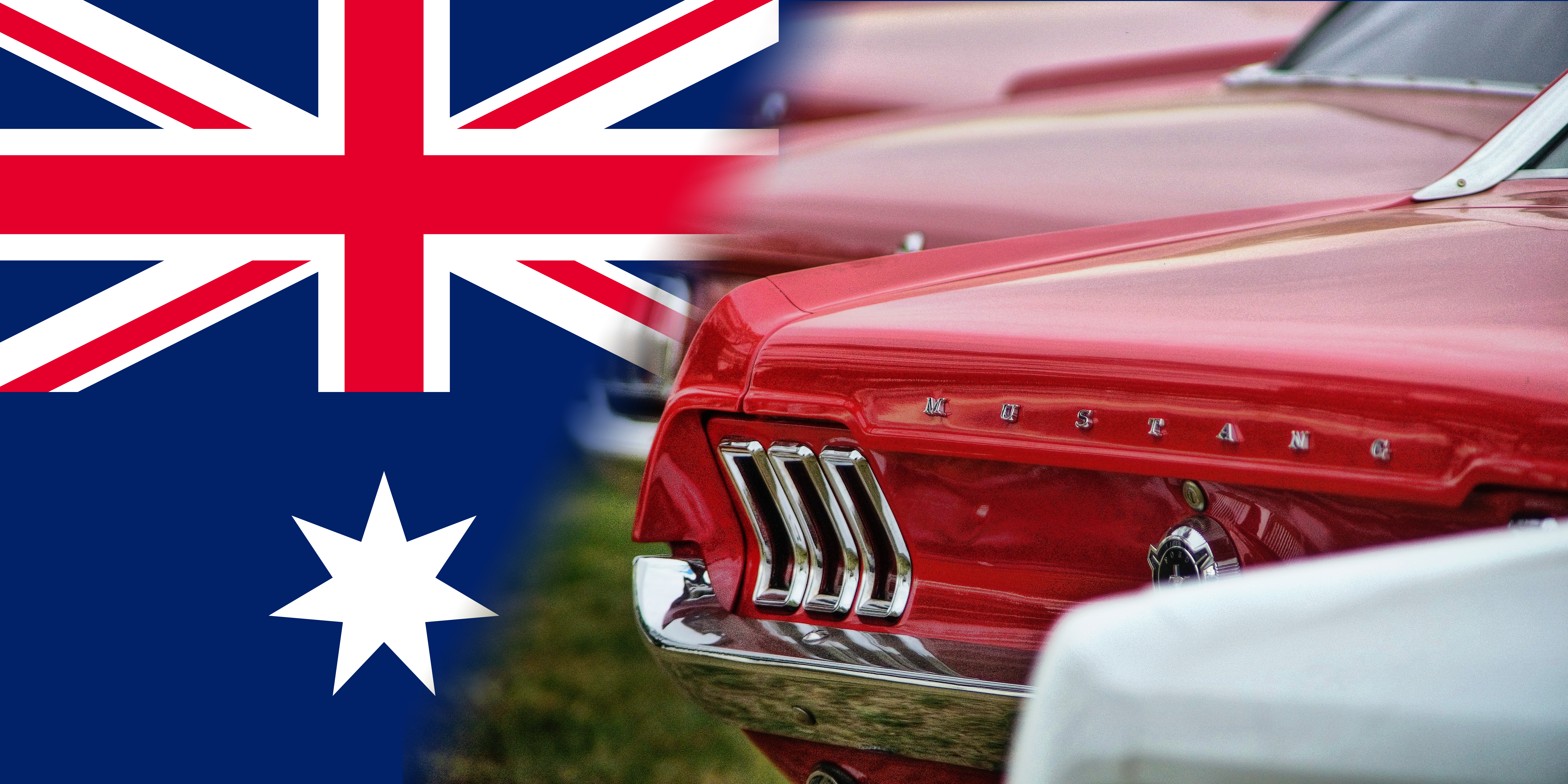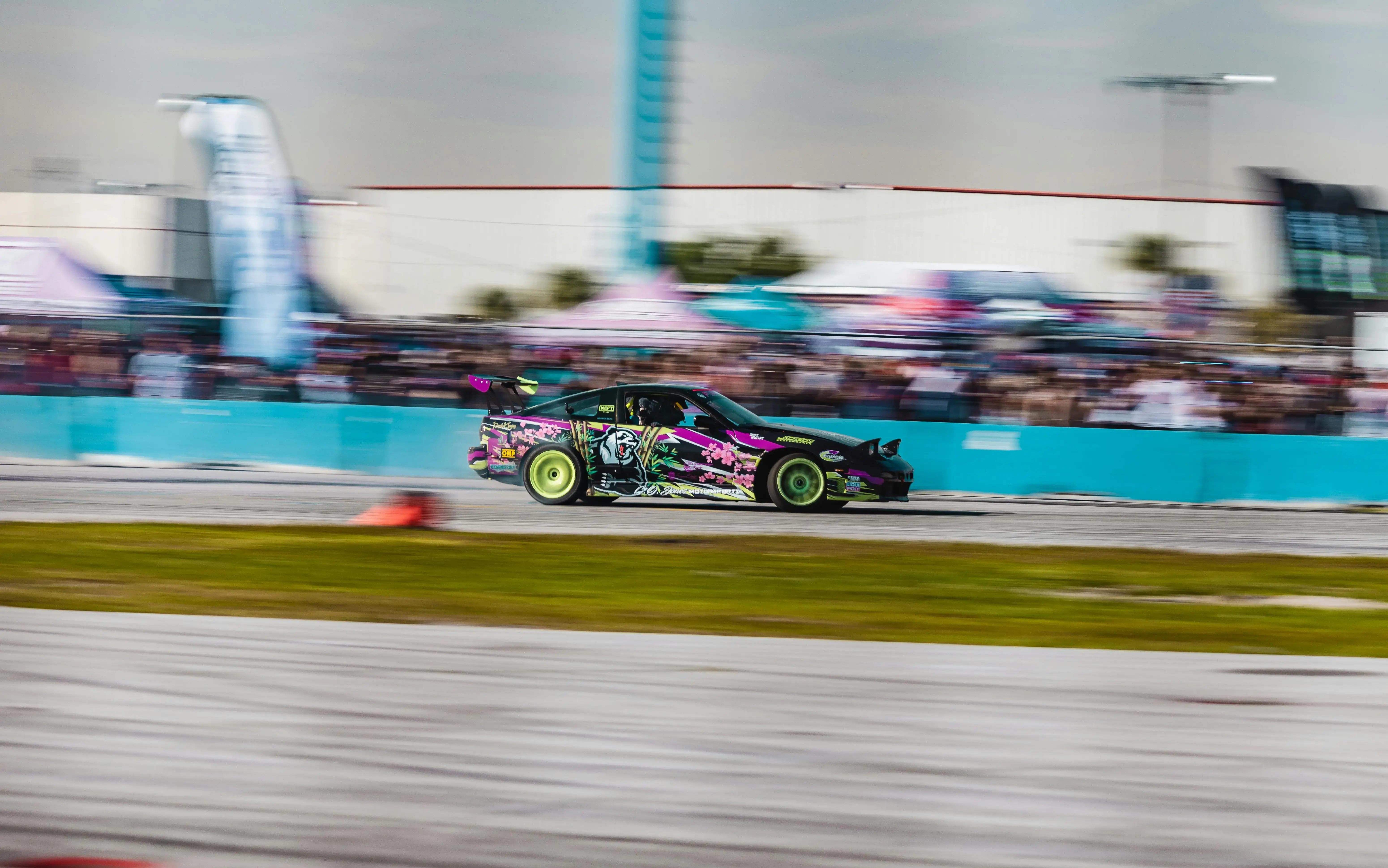International Race Car Shipping | Global Car Transport Services
Moving a race car across borders isn’t ordinary car transport—it’s a high-stakes sprint against time, distance, and customs paperwork. This guide unpacks every step of international race car shipping, explains how to keep a six-figure machine in flawless condition, and shows why West Coast Shipping’s global network is the fastest, safest lane to any starting grid.
Outline
-
Why Does International Race Car Transport Require Specialized Logistics?
-
Which Transport Solutions Keep a Race Car Safe in Transit?
-
How Do You Prepare a Race Car for Overseas Shipping?
-
What Documentation Is Mandatory for International Motorsport Moves?
-
How Can You Control Transport Cost Without Sacrificing Protection?
-
Why Is Timely Delivery Critical for Strict Race Schedules?
-
What Security Measures Prevent Theft or Damage in Transit?
-
How Do Weather and Distance Influence Transport Method Choice?
-
Why West Coast Shipping Leads the Grid in Race Car Logistics
-
Key Takeaways for Shipping Your Race Car Overseas
1. Why Does International Race Car Transport Require Specialized Logistics?
A championship-ready race car combines lightweight panels, delicate aero components, and bespoke engines that can cost more than many road cars. Ordinary auto transport isn’t designed for these tolerances. Specialized logistics must:
-
Ensure zero vibration that could loosen carbon-fiber bodywork.
-
Protect exposed splitters and diffusers that sit inches off the ground.
-
Meet international customs requirements for temporary import under ATA Carnet or race-specific exemptions.
If even minor damage occurs, the race team risks disqualification—or missing the starting grid entirely. That’s why seasoned shippers rely on enclosed trailers, climate-controlled sea freight containers, and lift-gate loading to prevent damage during loading and unloading.
2. Which Transport Solutions Keep a Race Car Safe in Transit?
Enclosed Trailers for Domestic Legs
Before an overseas leg, teams often truck cars from the workshop to West Coast Shipping’s warehouses in California, Florida, or New Jersey. Using enclosed trailers shields the vehicle from weather, debris, and prying cameras.
Shared or Dedicated Containers
For ocean moves, a 40-foot container offers the best protection. Race car shipping setups include:
-
Soft tie-downs & tire pads to prevent chassis stress.
-
Wheel chocks and anti-slip floors to stop movement under rough seas.
-
Desiccant packs that fight humidity—vital for magnesium wheels and carbon discs.
Read our container vs. RoRo comparison to see why sealed steel nearly always wins for high-value motorsport cargo.
Air Freight for Time-Sensitive Races
Some events—think Formula E double-headers—leave days, not weeks, between venues. Air freight slashes transit time to 48–72 hours, but costs roughly triple ocean rates. West Coast Shipping negotiates block-space agreements so clients can book last-minute flights without budget blowouts.
3. How Do You Prepare a Race Car for Overseas Shipping?
-
Fluids & Fuel
-
Drain race fuel to airline or IMO limits (typically < ¼ tank for ocean, < ⅛ for air).
-
Remove pressurized nitrogen bottles.
-
-
Dimensional Checks
-
Measure ride height and overhang to verify container door clearance.
-
Remove detachable wings or splitters if height exceeds 2.58 m.
-
-
Documentation Packet
-
Render a parts list: engines, spare gearboxes, tires.
-
Include insurance certificates and chassis logbooks.
-
-
Photographic Condition Report
-
High-resolution images of every panel ensure quick settlement if damage occurs.
-
West Coast Shipping stores these photos in the customer portal for easy download.
-
4. What Documentation Is Mandatory for International Motorsport Moves?
| Document | Purpose | Tip |
|---|---|---|
| Bill of Lading | Contract of carriage; proves ownership during transit | Verify VIN and engine numbers match carnet |
| ATA Carnet | Temporarily imports race assets duty-free | Carnet covers car, spares, and tools |
| Commercial Invoice | Declares value for insurance | Use realistic market value; under-valuing delays claims |
| Customs Clearance | Country-specific forms (e.g., CBP 3499) | West Coast Shipping pre-files to avoid port hold-ups |
Our classic documentation guide walks through each template—simply swap “classic” for “race car” and add carnet details.
5. How Can You Control Transport Cost Without Sacrificing Protection?
-
Shared containers: Pair with another team headed to the same destination for a 30% saving.
-
Advance booking: Secure space 6–8 weeks ahead to lock lower rates before peak season.
-
Multi-race routing: Ship car and spares to a central hub (e.g., Port of Antwerp) and truck to multiple European tracks instead of separate ocean moves.
6. Why Is Timely Delivery Critical for Strict Race Schedules?
Strict schedules leave no buffer for port congestion or weather delays. A missed scrutineering slot can disqualify the vehicle before it turns a wheel. West Coast Shipping:
-
Builds buffer days into sailing itineraries.
-
Uses multi-port routing—Oakland, Miami, or New Jersey—to shift loads when strikes or storms threaten.
-
Provides live GPS so crew chiefs watch vessel position and plan garage setup.
Timely arrival also helps mechanics perform maintenance checks (fluids, tire warmers, telemetry) rather than rushing through late-night pit-lane fixes.
7. What Security Measures Prevent Theft or Damage in Transit?
-
Tamper-evident seals on container doors.
-
24/7 CCTV at our bonded warehouses.
-
High-value escort for inland moves on rare Formula cars and prototype engines.
-
Discreet labeling—containers marked “machinery” rather than “race car” to deter targeted theft.
We also recommend insurance at full replacement value; learn why in our cargo protection overview.
8. How Do Weather and Distance Influence Transport Method Choice?
Weather
Atlantic hurricane season (Jun–Nov) lengthens sea freight transit and raises risk of vessel re-routing. Teams bound for fall European rounds often switch to air or Pacific routes to avoid storm tracks.
Distance & Speed
A U.S.–UK ocean crossing averages 12–15 days door-to-door. Air freight covers the same distance in under three days, ideal for back-to-back races on different continents. However, air’s vibration profile requires extra wrapping and tie-downs to prevent damage.
9. Why West Coast Shipping Leads the Grid in Race Car Logistics
-
Motorsport Expertise – We’ve shipped GT3, historic F1, and rally cars to Goodwood, Le Mans Classic, and the Macau GP.
-
Specialized Equipment – Low-angle lift gates, tire skates, and wheel nets designed for carbon rims.
-
Global Network – Bonded warehouses at key U.S. ports plus partner agents in Rotterdam, Jebel Ali, and Yokohama.
-
One-Stop Clearance – Carnet filing, EPA formaldehyde waivers for carbon brakes, and rapid customs pre-clearance.
-
Free Quote in Minutes – Our calculator delivers all-in prices—no hidden crane or port storage fees.
Need proof? See how we handled a trio of Can-Am racers in our recent motorsport case study.
10. Key Takeaways for Shipping Your Race Car Overseas
-
Specialized packaging, documentation, and security are non-negotiable for fragile, high-value race assets.
-
Shared containers save cost; air freight saves time—choose based on race calendars.
-
An ATA Carnet simplifies temporary imports and avoids duty payment.
-
Advance booking and multi-port flexibility reduce risk of delay.
Ready to ship your race car with expert care and precision?
Trust West Coast Shipping to deliver your vehicle safely and on time—anywhere in the world. Click below to get a free international race car shipping quote today.
You May Also Like
These Related Stories

Car Shipping to Georgia: Rates & Service to Batumi

Car Shipping to Australia & New Zealand Updates for 2024

-093789-edited.png?width=220&height=79&name=wcs_final_logo_(1)-093789-edited.png)
